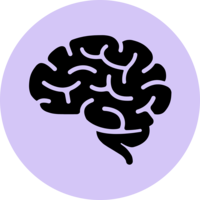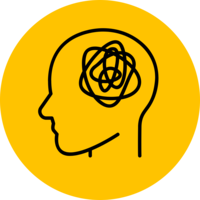Osaka University Twin Registry
The Osaka University Twin Registry was established in 1974 as the Osaka University Aged Twin Registry (OUATR), consisting of approximately 12,000 older twin pairs in Japan. Around 2,500 of these twin pairs have been followed up annually through mailed questionnaires. The registry was later expanded to include twins of all ages in Japan and is now known as the Osaka University Twin Registry. As of 2023, it includes around 850 twin pairs. By 2023, over 400 pairs had completed the Core Survey, with a subset participating in a second round of assessments.
Study design
Registry
Number of participants at first data collection
~ 12,000 (twin pairs: OUATR)
856 (twin pairs, as of 2023: Osaka University Twin Registry)
Recruitment is ongoing
Age at first data collection
Varied (twin pairs: OUATR)
Varied (twin pairs: Osaka University Twin Registry)
Participant year of birth
1900 - 1935 (twin pairs: OUATR)
Varied (twin pairs: Osaka University Twin Registry)
Participant sex
All
Representative sample at baseline?
No
Sample features
Country
Year of first data collection
1974 (OUATR)
2011 (Osaka University Twin Registry)
Primary Institutions
Osaka University (大阪大学, OU)
Profile paper DOI
Funders
Ministry of Education, Culture, Sports, Science and Technology (MEXT/Monbusho)
Ongoing?
Yes
Data types collected


- Computer, paper or task testing (e.g. cognitive testing, theory of mind doll task, attention computer tasks)
- Physical or biological assessment (e.g. blood, saliva, gait, grip strength, anthropometry)
- Self-completed questionnaire – paper or computer assisted
- None
- Functional magnetic resonance imaging (fMRI)
- Magnetic Resonance Imaging (MRI)
- Magnetoencephalography (MEG)
- Positron Emission Tomography (PET)
- None
Engagement
Keywords
Consortia and dataset groups



